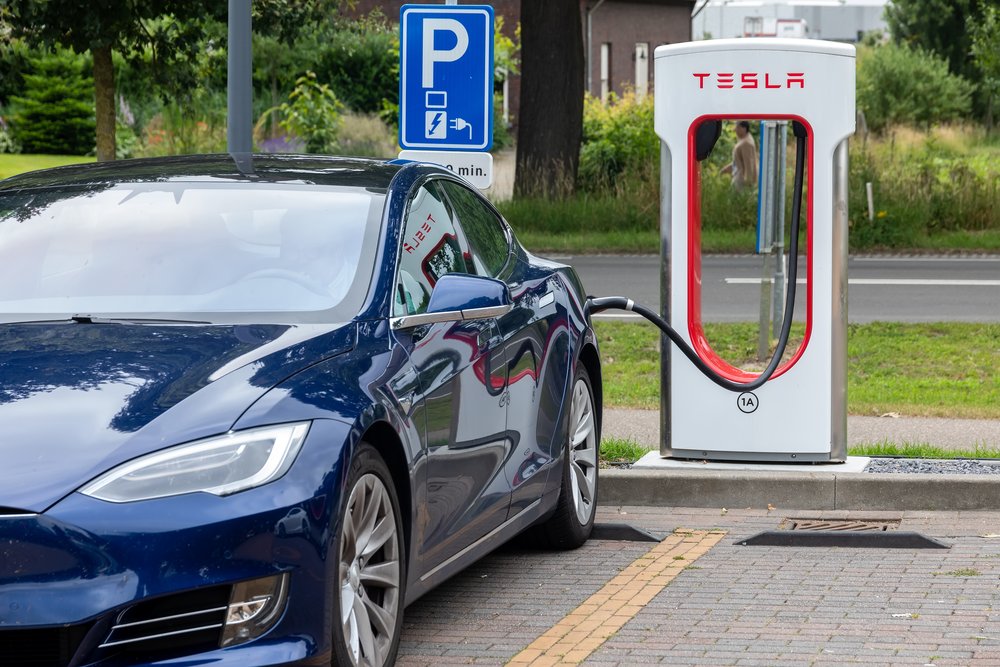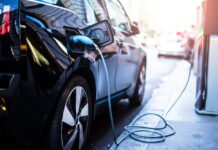From a clean energy standpoint, solar energy and electric vehicles are a match made in heaven. Although electric and plug-in hybrid vehicles are much cleaner to operate than their gasoline-powered counterparts, their carbon footprint is largely determined by how the electricity they consume is generated.
Why does the source of electricity matter?
The power mix in most areas contains some fossil fuels, but the exact amount varies widely in different locations. In Wyoming, for example, 39% of the power comes from coal-fired power plants, according to the US Energy Information Association.
Charging a car with clean energy reduces the total emission associated with driving, even if the emissions are generated in a different location. When purchasing an electric vehicle, it’s essential to consider the power source for charging. In many cases, going solar is an excellent clean transportation solution because it gives people control of the origin of electricity the home consumes.
Can solar panels power the home and an electric car?
Now that solar technology is more efficient than ever, many households have enough roof space to power both their home and an electric vehicle. As solar panels and inverters get more efficient, the system can generate more power in the same amount of space than the solar technology of yesteryear. Unfortunately, trimming or removing trees might be helpful in boosting solar energy production.
If a solar system can produce enough power to run the home and an electric vehicle depends on:
- The efficiency of the solar panels and the inverter
- Amount of available roof space (on the house or garage)
- Shading from trees or buildings
- The local climate and available sunshine
- The energy needs of the house and vehicle
Most electric vehicle owners charge their vehicles from home. Having a Level II charger reduces the time necessary to charge a vehicle. There is now a solar inverter with an electric vehicle charger available on the market. Electric cars also come with a basic charger that doesn’t require electrical upgrades, but it takes much longer to charge.
What if I can’t install solar panels?
Unfortunately, not all homes are good candidates for solar. Renters and condo dwellers might not be able to install panels, or it is unaffordable to many.
In some states, community solar installations are an excellent option. They enable subscribers to take advantage of solar power, yet the solar farm is located off-site and powers numerous households or businesses. Joining a community solar farm rarely requires a long-term commitment or a large upfront investment.
Some electric utilities have a clean energy program where consumers can opt in to use more power from renewable sources like solar and wind energy.
There are now more electric vehicle models on the market than ever before. The range of electric vehicles is also going up considerably, making them an increasingly appealing option.
From the Nissan Leaf to the BMW i3 to the Tesla Model S, there are numerous reliable and fun electric cars on the market. As the technology advances, the vehicle range is expanding and electric vehicle charging infrastructure is becoming more plentiful. These advances make it even appealing to drive an electric vehicle.











[…] Electric Vehicles known as ecological vehicles because their use does not negatively influence the environment and contributes to reducing polluting gases in the atmosphere. Reduce mainly carbon dioxide (CO2), carbon monoxide (CO), nitrogen oxide (NOx), unburned hydrocarbons (HC), and compounds of lead and Sulphur dioxide. […]
[…] the existing engine and fuel needs of the vehicle. If you don’t have the money to purchase an electric vehicle, using biodiesel can also be a good option. Also, unlike fossil fuels which contain sulfur and […]
Comments are closed.